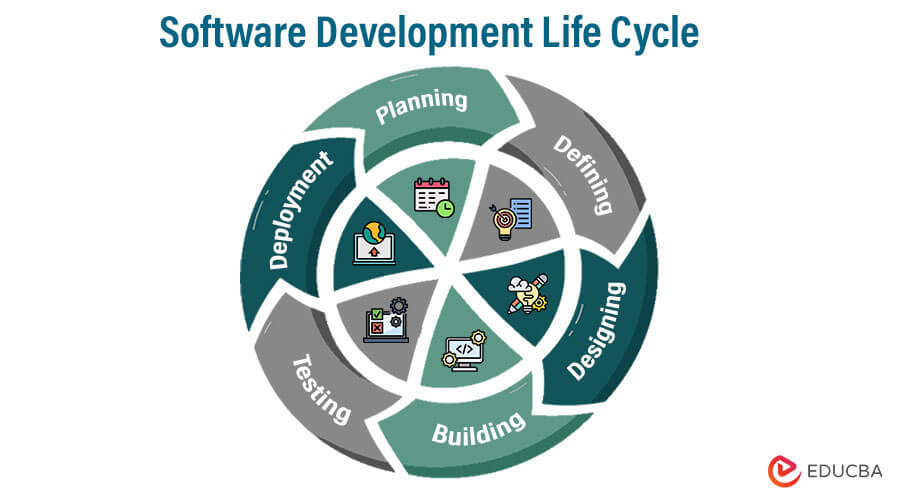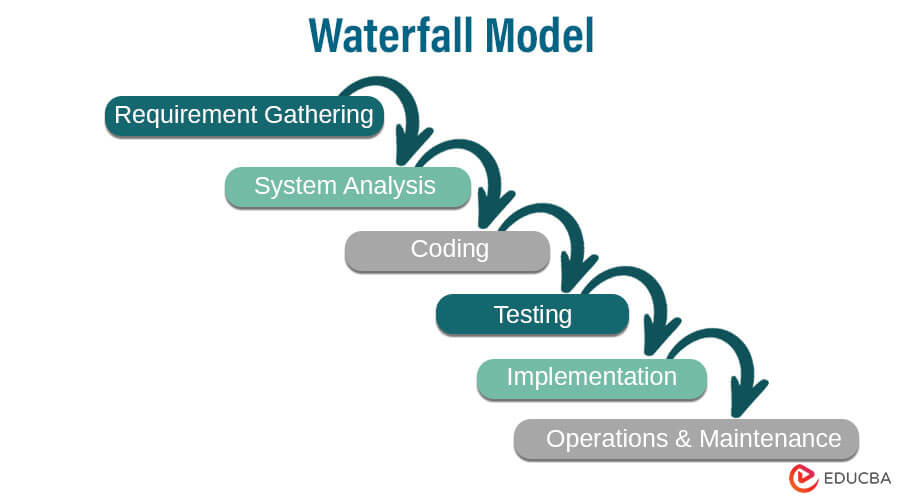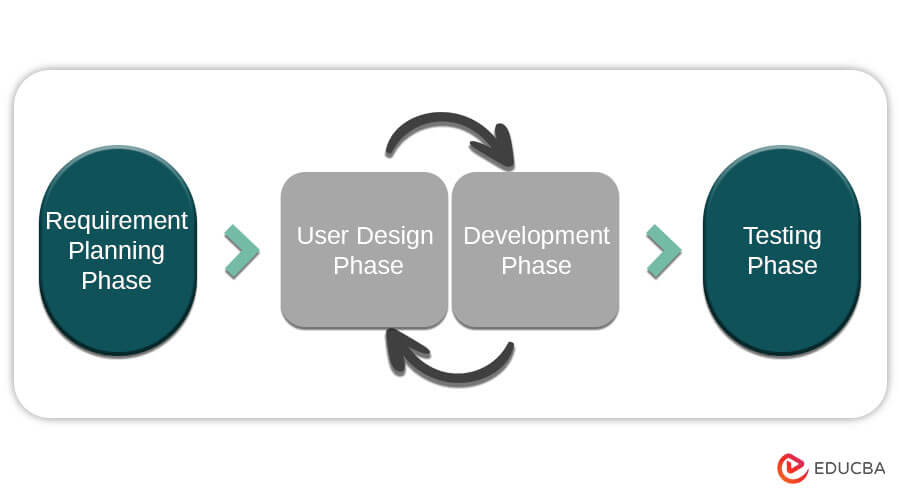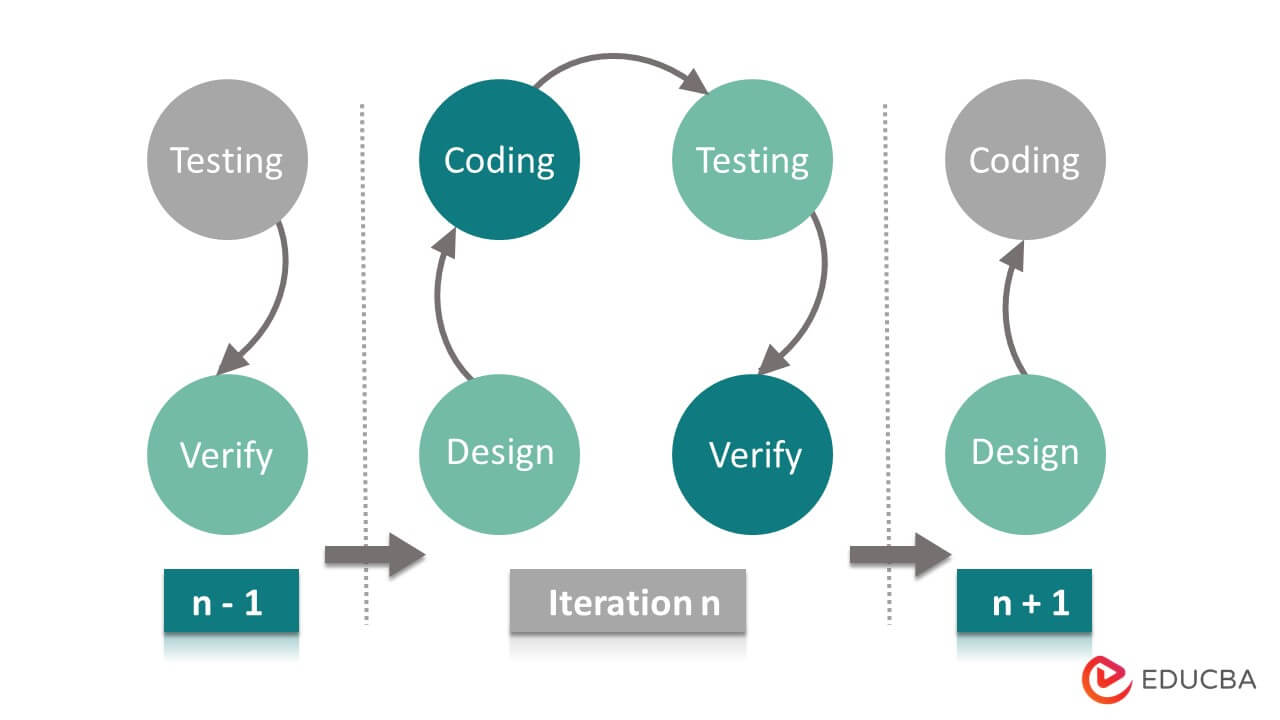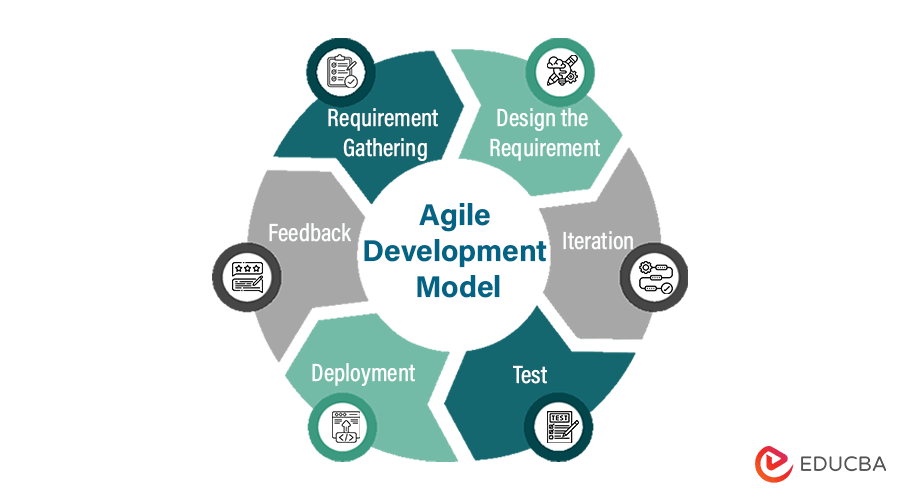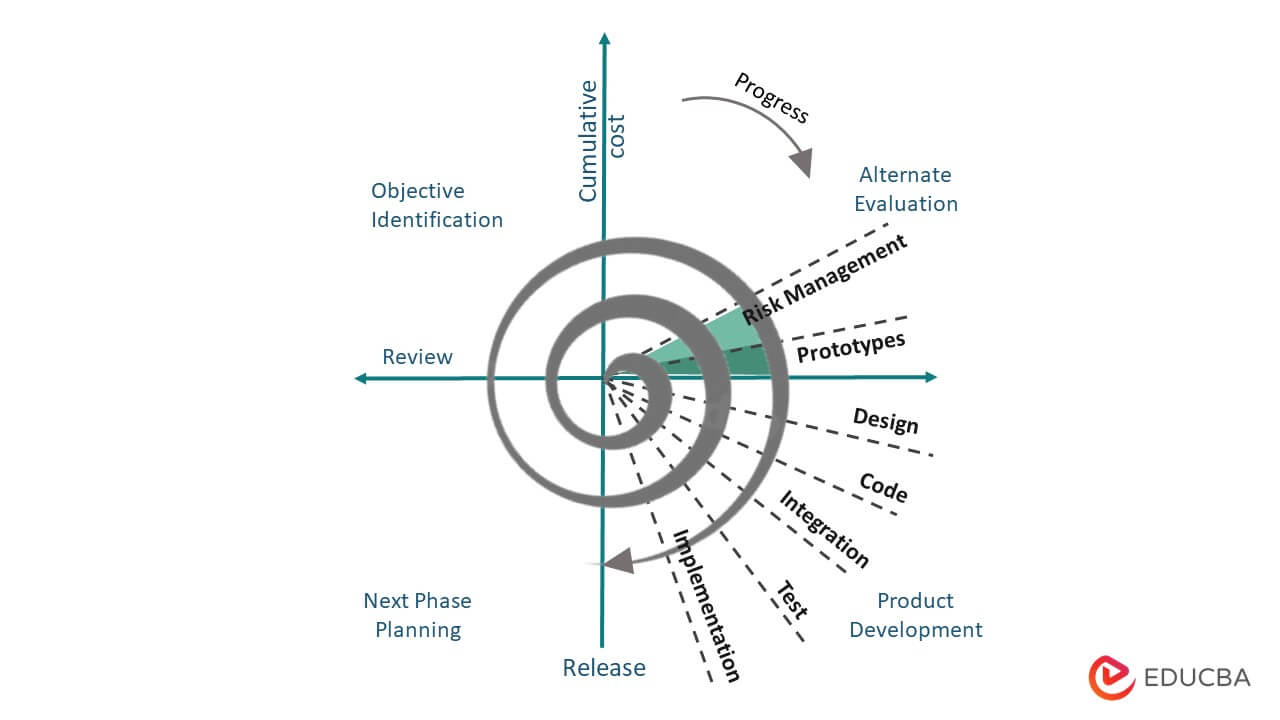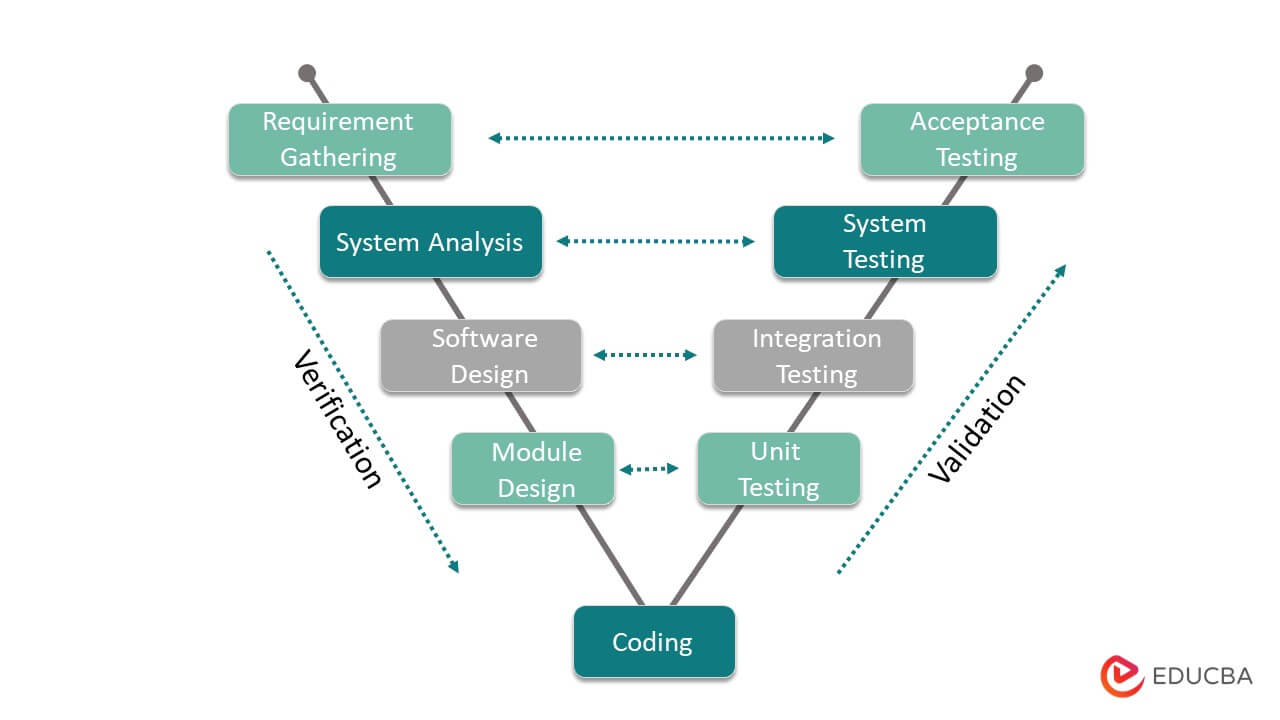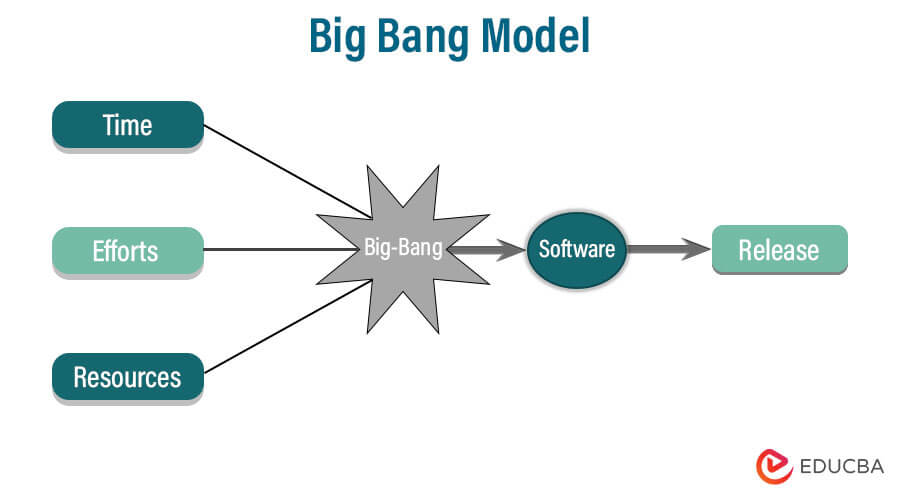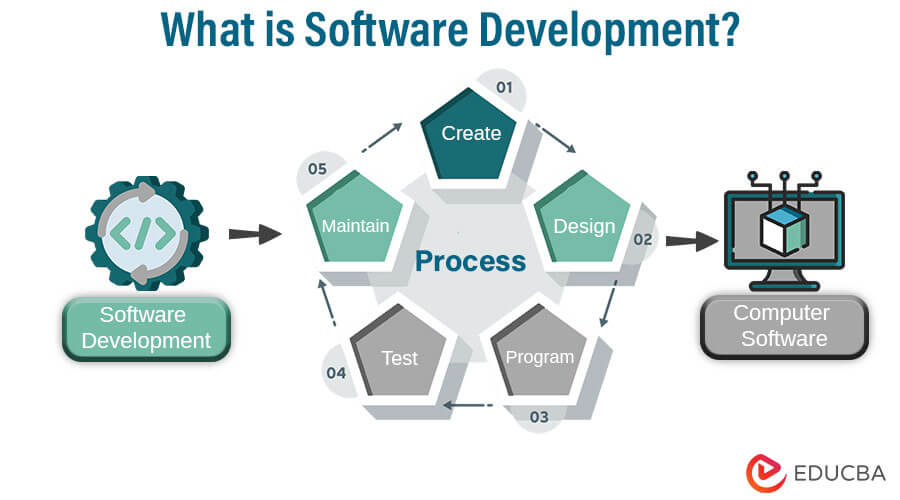
Introduction to Software Development
The software development process involves developers developing software for various applications and maintaining the system, enabling them to understand the software lifecycle from business requirements to maintenance. Developers code the software in any programming language, maintain a database to preserve the application’s integrity and store its functionality, and manage the software or application to address any bugs. The development of software enables a thorough understanding of the underlying application and enables the execution of the development process accordingly.
Software Development Life Cycle
A Typical Software Development Life Cycle consists of the following stages −
- Planning: Planning & Requirement analysis is the initial, vital, and fundamental stage in SDLC, and it outlines the scope of work. In this stage, the senior members of the team perform with inputs taken from customers, the sales department, domain experts, and market surveys in the industry. The development team accumulates all information and utilizes it to plan the basic project approach and conduct a product feasibility study in all areas, including economic, operational, and technical aspects. The feasibility study opens many doors to implement the project; however, the approach is decided based on the highest quality factor with minimal risk.
- Defining: Post-requirement analysis, it is very important to define and document the requirements lucidly. Once that is done, customers and market analysts need to approve those established requirements. SRS (Software Requirement Specification) comes into the picture for this, which contains all the product requirements to be designed and developed during the project life cycle.
- Designing: Product architects consider SRS as the reference to formulate the best architecture for the product under development. They propose multiple approaches for the product architecture based on the captured requirements. The software development team carries out the documentation of these proposals in DDS (Design Document Specification). Important members/stakeholders review and analyze the DDS, considering factors like market risks, design modularity, budget constraints, time constraints, and product robustness and determining the best design approach. The design approach carries all info about the architectural module of the product in the form of a data flow diagram. Internal or external, each minutest detail should be in a design document.
- Building: At this stage, the actual development of the product starts, and the team begins building the product. They refer to the data flow diagram in the design document and generate the programming code. Documenting the design facilitates hassle-free code generation. Coders/Developers should follow the coding guidelines defined by their organization and programming tools like interpreters, compilers, debuggers, etc., to make the code more readable and lucid. For more details on development practices, you can refer to software development services.
- Testing: Testing is part of most stages in SDLC; hence, testing is a subset of all the stages. During the testing stage, testers report, track, fix, and retest defects in the product until it reaches the defined quality standards as per the Software Requirements Specification (SRS).
- Deployment: When an organization completes thorough product testing and deems it ready for market observation, it actively performs a formal release in the appropriate market. A product can also be deployed in slots by releasing it for limited users in the real-time business environment and testing the response end-to-end for that product (UAT, i.e., User acceptance testing). The software development team implements and releases newer versions based on user product feedback, incorporating the required features. Additionally, they perform further maintenance for existing users.
Software Development Models
Below are the Software Development Life Cycle Models that are most popular among industries:
- Waterfall Model
- RAD Model
- Iterative Model
- Agile Model
- Spiral Model
- V-Model
- Big Bang Model
Waterfall Model
The waterfall model is a pioneer of the software development life cycle process. The first model used during software development is divided into various phases, where each phase’s output serves as input for the next phase of the cycle. Before jumping to the next phase, it is mandatory to complete the previous phase; without completing the first phase, we cannot move to the next phase. Since the phases of the waterfall model move from the upper to the lower level as the waterfall comes from up to down, it is named the waterfall model.
The waterfall model works as follows:
- Gather the user requirements, small to large; note all the requirements correctly to understand the user’s product requirements.
- After user requirements, the system requirements are listed to work with the system.
- The software development team has designed the product based on the needs.
- The development team starts the actual implementation of the product after drawing the detailed design, which includes the system, hardware, software, etc.
- Following the implementation, the testing team conducts comprehensive testing of the product as a whole.
This model suits when developers are already aware of the design and have developed similar software.
RAD Model
Rapid application development is an incremental model where functions and components are developed in parallel. The RAD model allows users in the development process to review the product.
RAD works as follows
- Understand the user’s or organization’s requirements.
- Design the product.
- Develop the function and components of the project as a mini-part.
- Give the customer or user a small version of the product for daily use.
- Collect the feedback from the user.
Based on the feedback, redevelop the other version of the project the process goes on further.
RAD allows rapid product change and development. It will enable early validation of technical risks and rapid response to changing customer requirements. In the RAD model, users get early visibility of the product. They can provide feedback on its design and decide, based on the existing functionality, whether to proceed with the development or not, what functions need to be included in the next delivery of the product. Users can also decide whether to stop the project if it does not deliver the expected results.
The figure shown below shows the phases of this model.
Iterative Model
The iterative development model follows a life cycle in which the project breaks down into many iterations. Each iteration represents a complete development loop that results in the release of executable products. These products are subsets of the final product under development and grow from one iteration to another, eventually forming the complete final product. Rapid Application Development, agile development, And Rational Unified Process are examples of Iterative development models.
The software is first built on a small scale with basic features. Then the development team follows all the steps again, continuously adding more and more features. The management team can analyze each iteration on the risk factor and then can be moved to the next iteration.
Agile Development Model
Agile development is a group of software development methodologies based on iterative, incremental development, where requirements and solutions evolve through collaboration between self-organizing cross-functional teams. Several agile methodologies are available for use during software development, but Scrum agile methodology and Extreme Programming, i.e., XP, are the main sources of agile development. Collaborating with a professional software development company experienced in agile methodologies can further enhance your development process, ensuring quick iterations and high-quality results.
Benefits of agile development
- It focuses on the excellent quality of the code and its working.
- Involve testing at the earlier stages of the life cycle.
- Simple in design.
- Involve business stakeholders to help the testing team so testers can test the product based on the specified requirements.
Spiral Model
This model is the fusion of two models – SDLC and Iterative model.
In the first stage of this model, we consider all objectives, constraints, and risks and then prototype the software.
V Model
This model overcomes the drawbacks of the waterfall model. Under the waterfall model, the next step is processed only when the present step is executed, and there is no way to correct the mistake of the last step. The v model considers this point and provides a way to reverse test software at each stage.
The V model is a framework that describes the software development lifecycle activities, from requirement specifications to maintenance. In the V model, testing activities are integrated into each phase.
Test levels used for the V model
- Component Testing: The testing process verifies the proper functionality of all software components used in the product. Each component can undergo separate testing to ensure its effectiveness.
- Integration Testing: It tests the interface between components, i.e., interaction with various parts of the system such as file system, operating system, and hardware or interfaces between systems.
- System Testing: This test consists of evaluating the system as a whole and verifying the system or product against the specified requirements.
- Acceptance Testing: It performs validation testing with respect to user needs, requirements, and business processes conducted to determine whether or not to accept the system
Project teams can combine and rearrange these test levels based on their specific project requirements. In the V model, the team conducts validation testing during the earlier stages of the life cycle.
All test plans and strategies are verified at each stage. Hence this model is also known as the “verification and validation model”.
Big Bang Model
This is a simple model which requires a lot of funds and planning. Scientists have conceptualized this based on the Big Bang theory of the universe. The Big Bang contains lots of galaxies, planets, and stars. In the same way, putting together lots of funds and programming ensures the best software product.
The team always focuses on programming and delivering the best product, with less emphasis on planning and risk analysis.
In short, all organizations use software development to perform various tasks that can address and ease work for people/fulfill customer requirements.
Recommended Articles
We hope that this EDUCBA information on “What is Software Development?” was beneficial to you. You can view EDUCBA’s recommended articles for more information.
